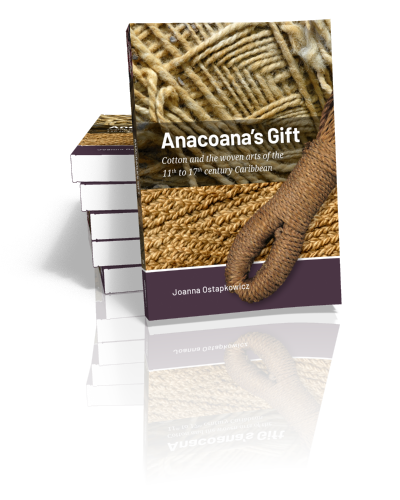Dr. Joanna Ostapkowicz
Joanna Ostapkowicz is Research Associate in Caribbean Archaeology at the School of Archaeology, University of Oxford. Her research focuses on bringing a wide span of analytical techniques to better understand the chronological range, materials and provenance of Caribbean artefacts in museum collections. She has been Principal Investigator on several international, multi-disciplinary research projects that focus on Caribbean sculpture and bridge the arts and sciences, including Pre-Hispanic Caribbean Sculptural arts in Wood (supported by the Getty Foundation and British Academy), Black Pitch, Carved Histories: Prehistoric wood sculpture from Trinidad’s Pitch Lake (the Arts and Humanities Research Council [AHRC], UK) and SIBA: Stone Interchanges in the Bahama Archipelago (AHRC).
More broadly, her interests span the indigenous arts of the Americas, from the Northwest Coast of North America to Florida and, most recently, to north-eastern South America with the jagWARS project (Jaguars, Raptors and the Patterns of War, the Gerda Henkel Stiftung). Her recent volumes are Iconography and Wetsite Archaeology of Florida’s Watery Realms (2019, University of Florida Press, co-edited with Ryan Wheeler), Real, Recent or Replica: Precolumbian Caribbean Heritage as Art, Commodity, and Inspiration (2021, University of Alabama Press, co-edited with Jonathan A. Hanna) and Lucayan Legacies (2023, Sidestone Press).
Books by Joanna Ostapkowicz
Anacaona’s Gift
Cotton and the woven arts of the 11th to 17th century Caribbean
Joanna Ostapkowicz | 2025
In the spring of 1497, the Hispaniolan cacica (chieftess) Anacaona presented Columbus’ brother, Adelantado (Governor) Bartolomé Colón, with a lavish assortment of Indigenous wealth, including both woven textiles and balls of spun cotton, “so large…
Lucayan Legacies
Indigenous lifeways in The Bahamas and Turks and Caicos Islands
Joanna Ostapkowicz | 2023
This book is about Lucayan legacies – the heritage of the people who made The Bahamas and Turks and Caicos Islands (the Lucayan archipelago) their home from the 8th to the 16th centuries. This legacy…







